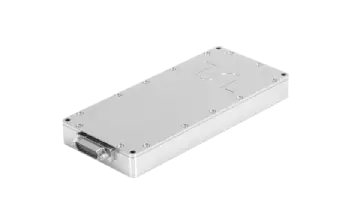Data Link ( Data Link) layer uses a set of network protocols specially designed for different network technologies and environments. Which protocols to use depend on the type and hardware of the network. Here are some common Data Link layer protocol examples:
one. Ethernet (IEEE 802.3): Ethernet is the most common Data Link protocol commonly used in wired LAN (Local Area Network) networks. Ethernet uses a frame-based transmission method and recognizes devices using MAC (Media Access Control) addresses.
2nd. Wi-Fi (IEEE 802.11): Wi-Fi is a Data Link protocol used for wireless LANs. It operates based on the IEEE 802.11 standard and provides data transmission between wireless network devices.
- Token Ring (IEEE 802.5): Token Ring is a Data Link protocol that regulates data transmission between computers in order. It expects each device to receive a “token” and only the device with the token can transmit data.
- Frame Relay: Frame Relay is a cellular communication protocol that is often used in large area networks. Frame Relay provides data transmission in frames and was especially popular in ancient times.
- HDLC (High-Level Data Link Control): HDLC is a protocol used for data transmission and control. It is especially used for WAN (Wide Area Network) connections and forms the basis of many other Data Link protocols.
- PPP (Point-to-Point Protocol): PPP is a Data Link protocol used for point-to-point connections. It is especially used for point-to-point connections such as dial-up connections and DSL.
This is just examples of some Data Link layer protocols, and different protocols can be used for different network types and applications. Which protocol to use is determined depending on the needs, speed, reliability and physical environment of the network infrastructure.


